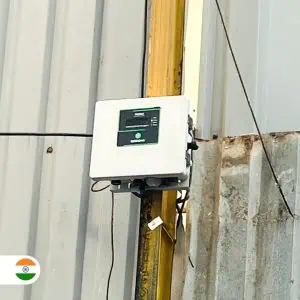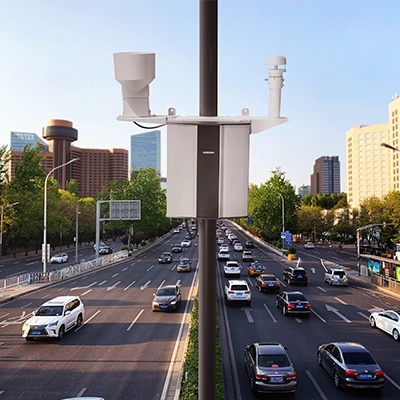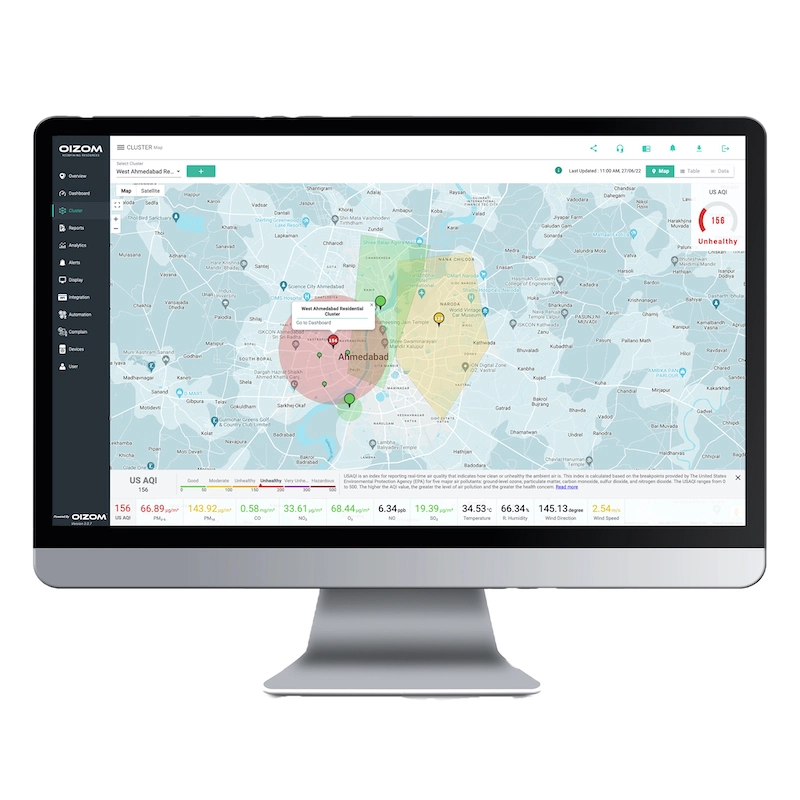Preserving Our World Heritage Sites: Environmental Monitoring at Santuario di Saronno
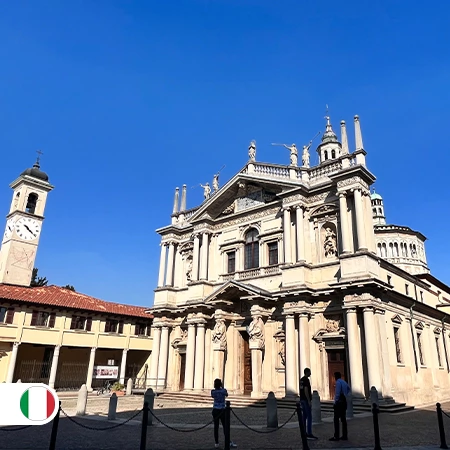
Preserving Our World Heritage Sites: Environmental Monitoring at Santuario di Saronno
Discover how the Department of Chemistry at the University of Milan used advanced environmental monitoring systems to protect Italy's priceless cultural and artistic heritage at the Santuario di Saronno. Explore how technology like Polludrone is aiding in the fight against urban pollution to preserve our world's historical artworks.
Schools and Universities
Environmental Monitoring
Italy
July 2022
Schools and Universities
Xearpro
Polludrone
Environmental Monitoring
Our Client
The Department of Chemistry at the University of Milan is committed to advanced research spanning a broad spectrum of chemistry subdisciplines. In one such innovative initiative, the department sought to protect Italy’s cultural and artistic heritage through scientific means. This project revolved around one of Italy’s most treasured sites, the Sanctuary of the Blessed Virgin of Saronno, a UNESCO World Heritage site boasting rich artistry, valuable works of art, and historical significance.
The Challenge
The preservation of our world’s artistic heritage is a multifaceted challenge, especially for an urban sanctuary like the Santuario di Saronno, located amidst contemporary sources of air pollution. Pollutants like CO, CO2, NO2, NO, O3, and particulate matter can infiltrate the indoor environment of the sanctuary, posing a threat to the artwork through mechanical and chemical damage. Urban pollution, such as traffic emissions, can significantly influence indoor air quality within these cultural edifices. Monitoring these pollutant concentrations both inside and outside the sanctuary was essential for understanding and mitigating the potential damage to the artistic treasures.
The Solution
To tackle this challenge, the department employed two advanced Polludrone units, one placed inside the sanctuary’s “Last Supper” chapel and the other on the rooftop. These advanced devices monitored air quality parameters such as temperature, humidity, and light alongside various pollutants, including CO, CO2, NO2, NO, O3, and particulate matter (PM1, PM2.5, and PM10).
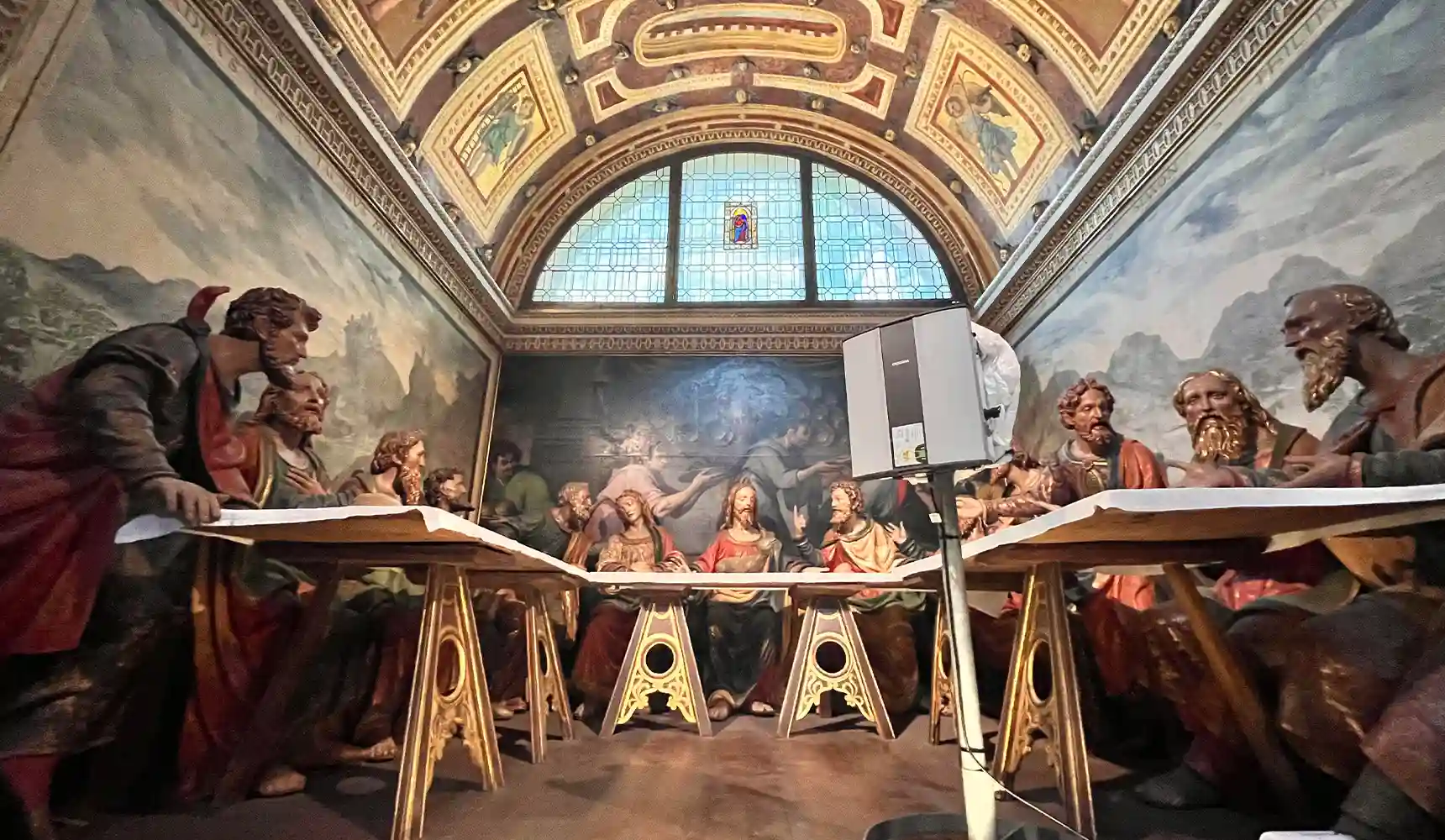
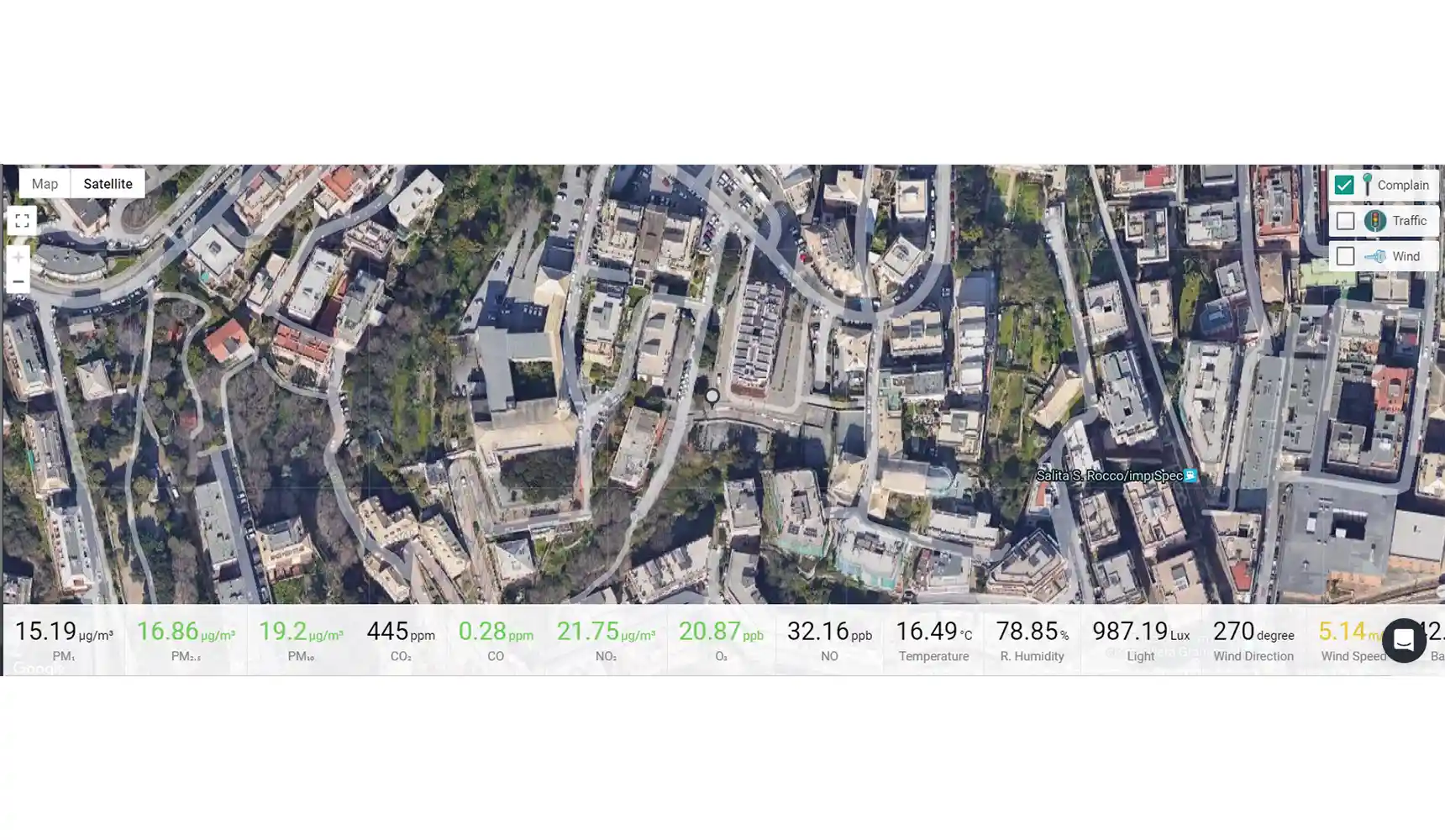
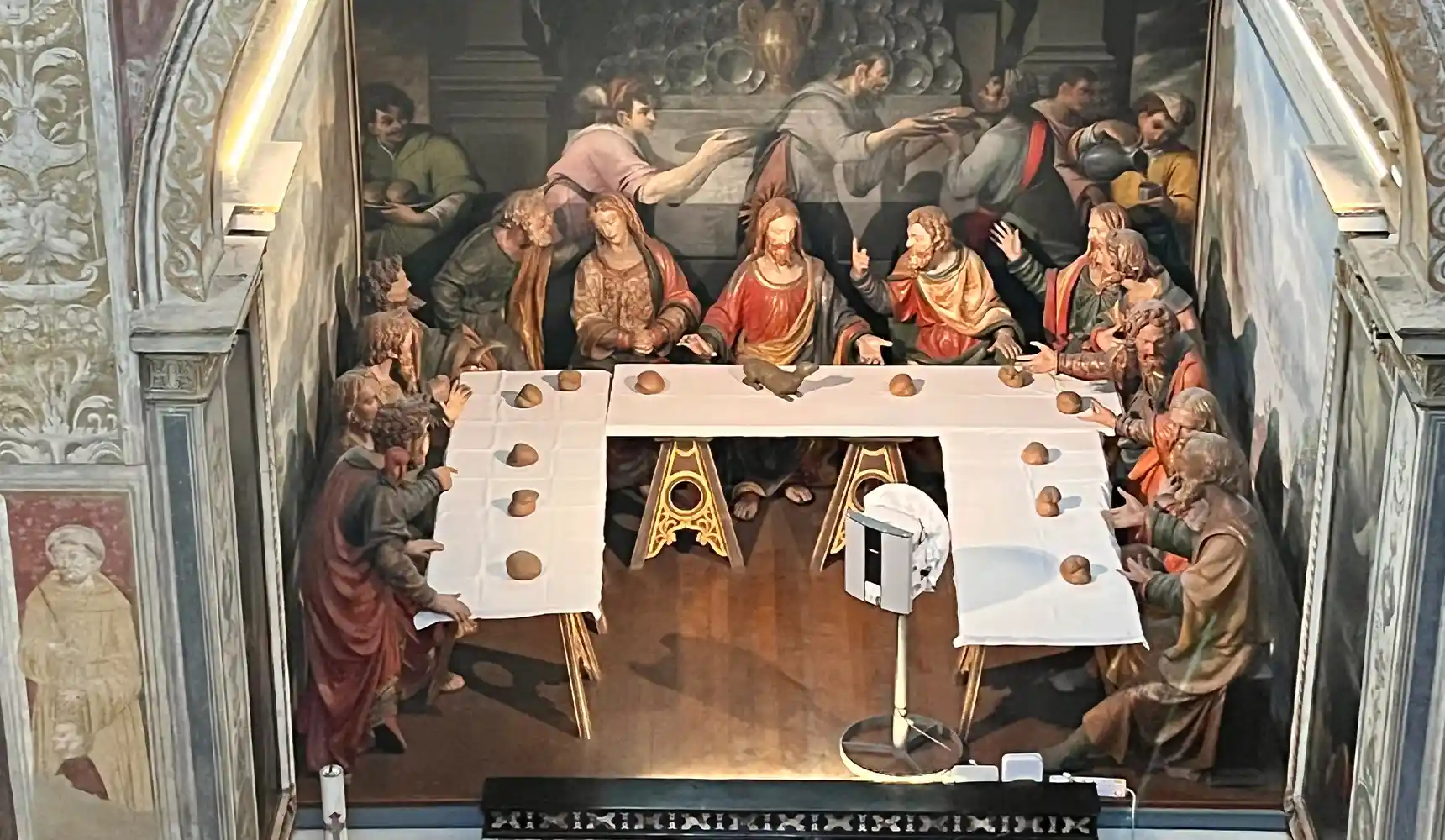
The Result
The Polludrone units proved to be instrumental in providing accurate data on the presence and concentration of pollutants. Trends were discerned, allowing researchers to ascertain the influence of urban pollution on the indoor air quality of the sanctuary. This crucial insight aids in understanding the potential risks posed to the artworks and allows for the development of targeted strategies to protect and preserve the artistic heritage inside the sanctuary.
About Oizom
The Polludrone units proved to be instrumental in providing accurate data on the presence and concentration of pollutants. Trends were discerned, allowing researchers to ascertain the influence of urban pollution on the indoor air quality of the sanctuary. This crucial insight aids in understanding the potential risks posed to the artworks and allows for the development of targeted strategies to protect and preserve the artistic heritage inside the sanctuary.
Do you have a specific requirement?
Schedule a call with our expert team and get the right solution
for your project.

